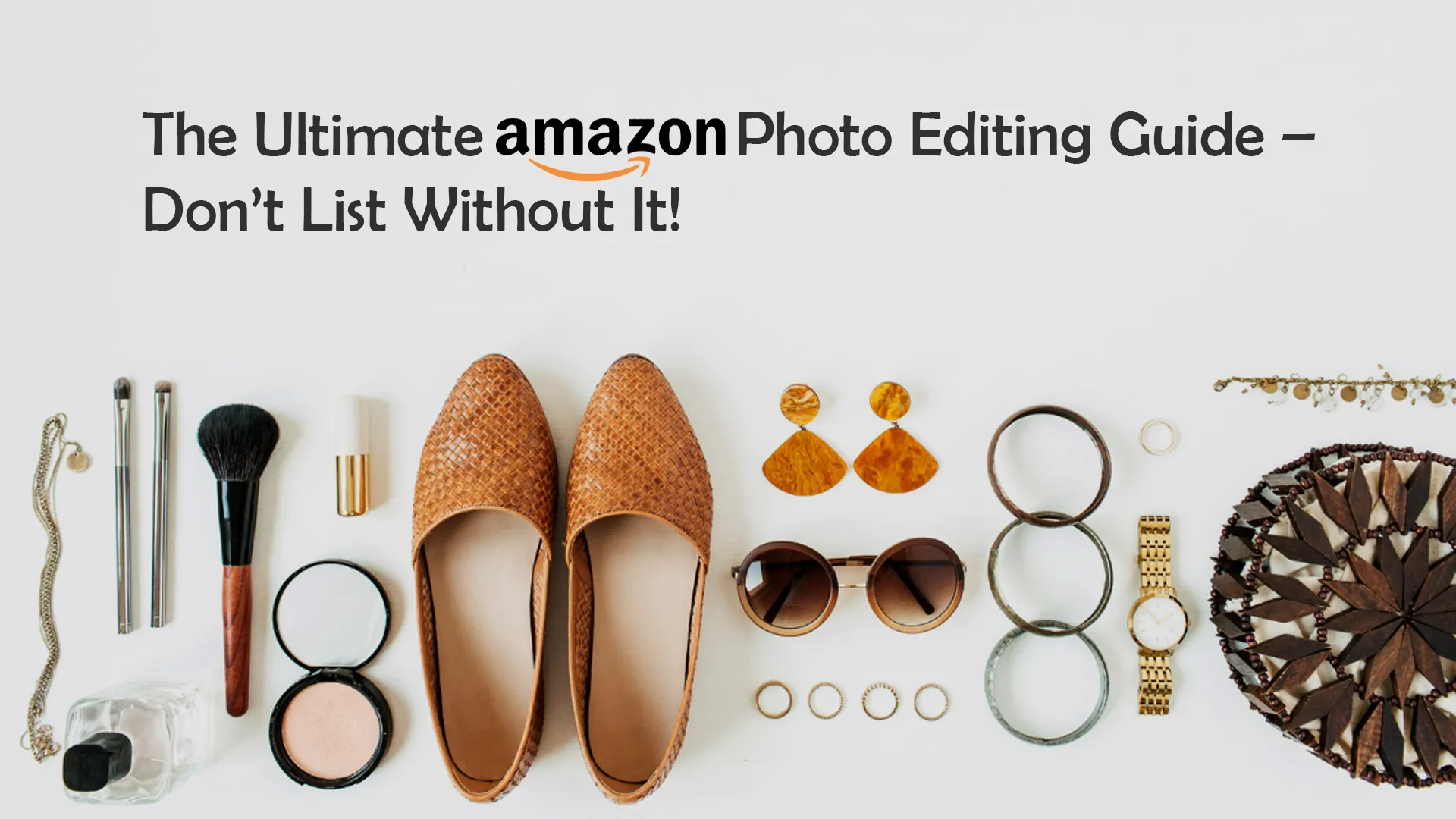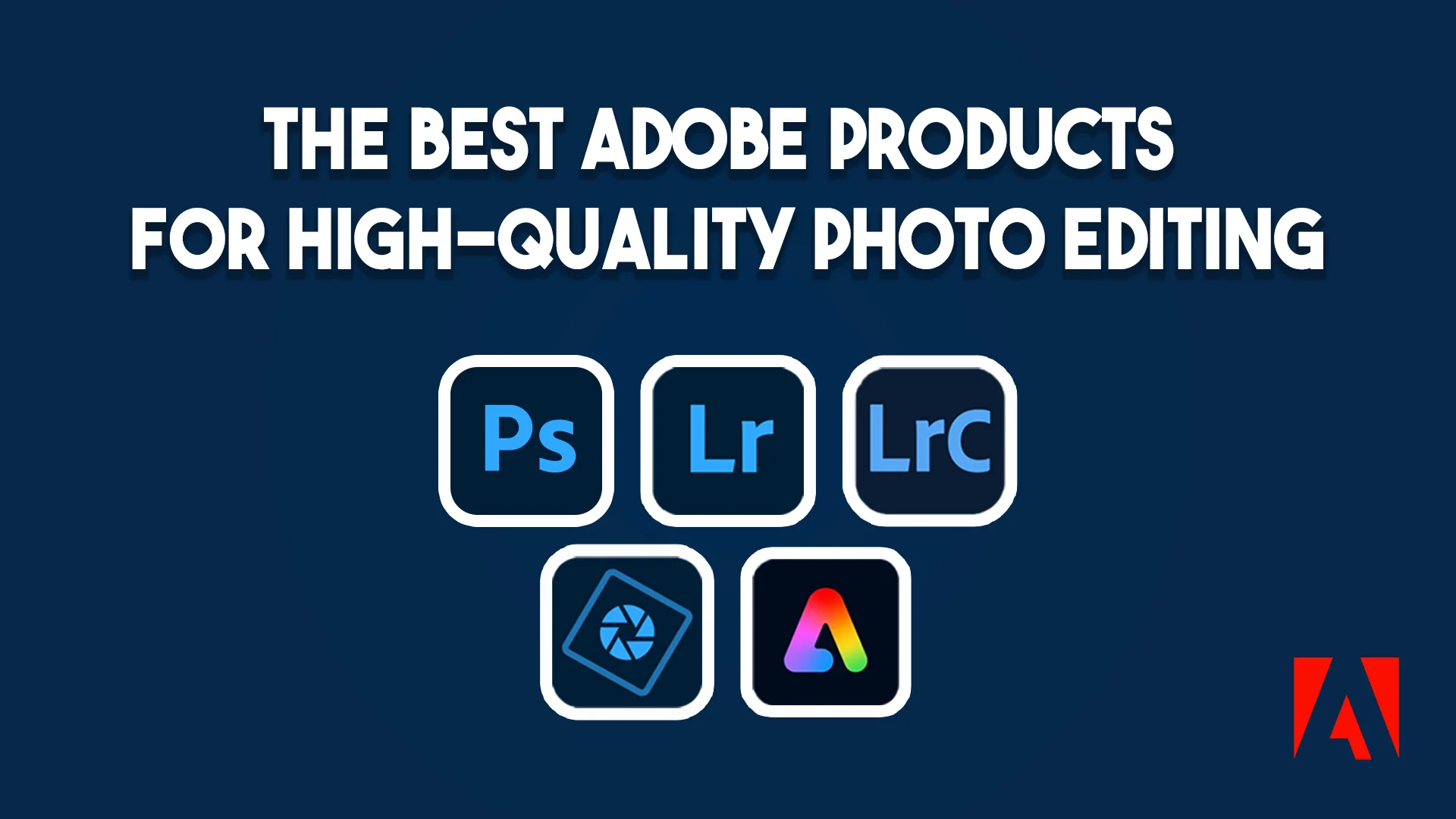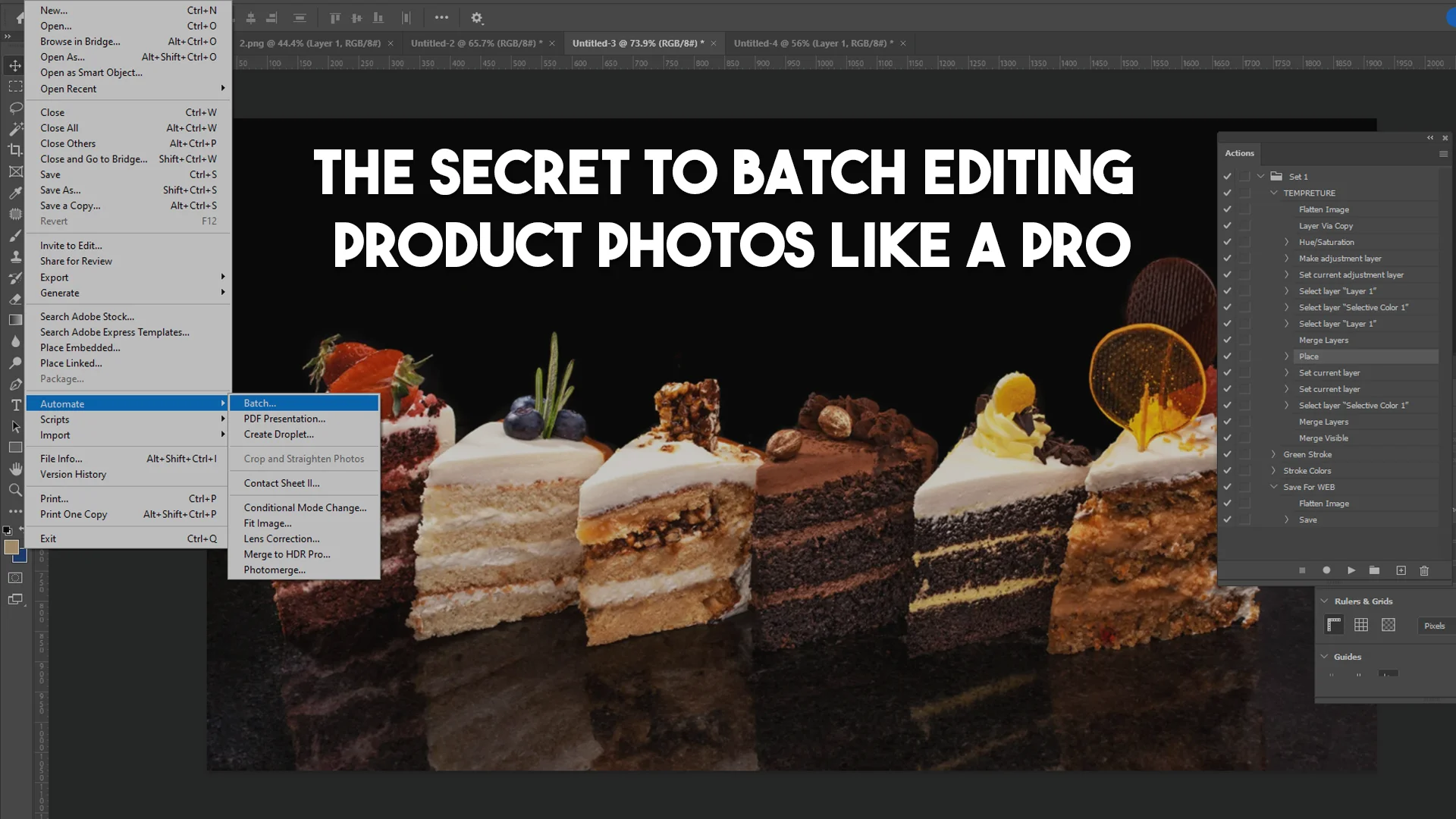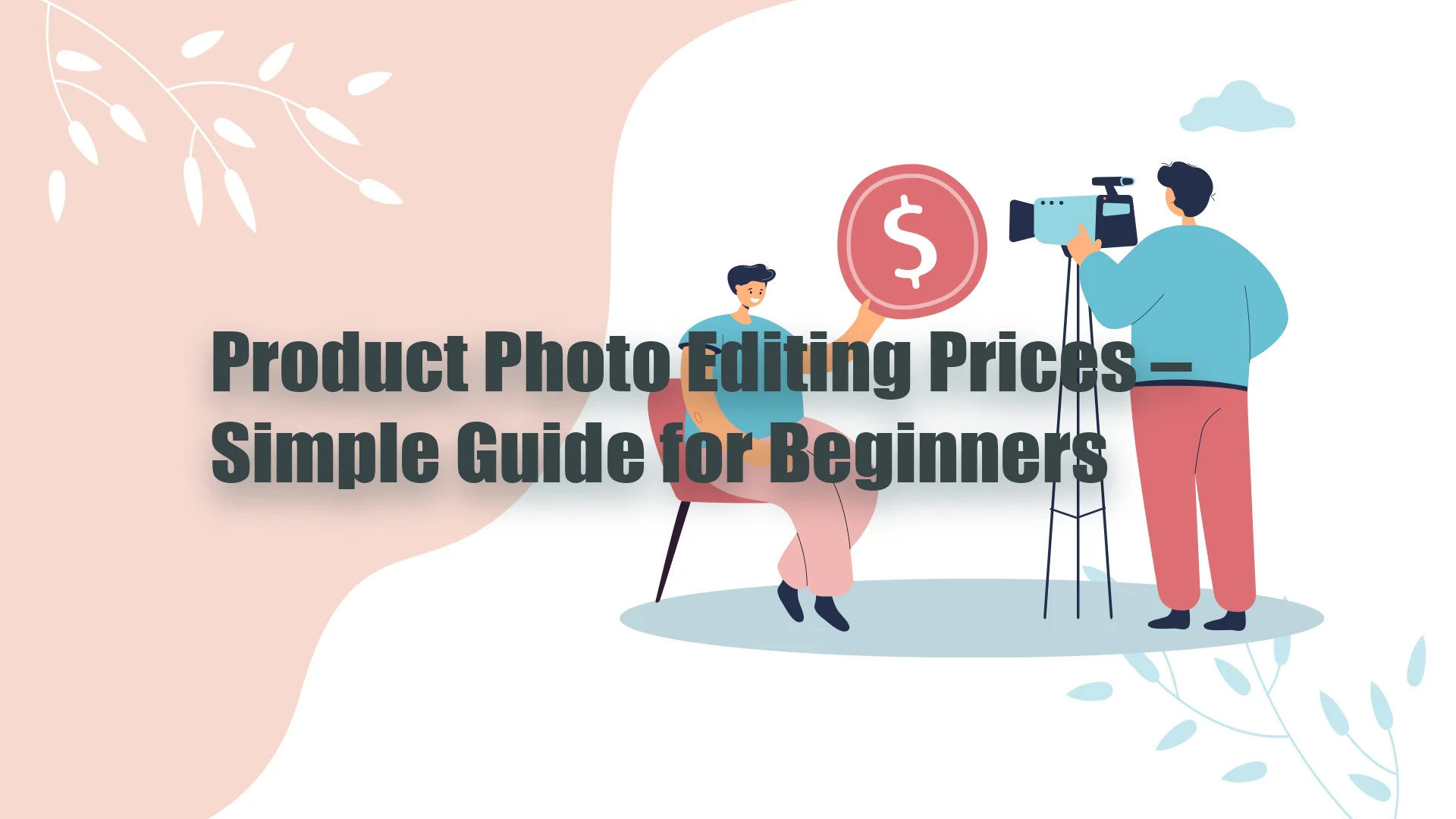Have you ever wondered why some Amazon listings instantly grab your attention while others fade into the background? The secret often lies in the quality of the product photos. In the competitive world of e-commerce, your Amazon product photo editing skills can make or break your sales. Stunning, professional-looking images not only attract customers but also build trust and credibility. In this article, we’ll dive deep into the art of perfecting your Amazon product photos using advanced editing techniques. Whether you’re a beginner or a seasoned seller, these tips will help you create eye-catching images that stand out in the crowded marketplace.
Why Amazon Product Photo Editing Matters
Amazon has strict image requirements, and failing to meet them can lead to lower rankings or even product removal. Beyond compliance, well-edited images help customers make informed decisions, reduce return rates, and improve your sales performance. A properly edited Amazon product photo showcases your product in the best light, highlighting its features and making it visually appealing.
Customers shopping online cannot touch or test the product, so the images must compensate by providing a clear and detailed visual representation. Investing in Amazon product photo editing ensures that your product photos look professional, well-lit, and true to their real-life appearance.
Tools for Amazon Product Photo Editing
There are several photo editing tools available that can help you perfect your Amazon product photos. Some of the most popular options include:
Adobe Photoshop: A powerful and versatile tool, Photoshop allows you to adjust lighting, color, sharpness, and remove backgrounds. It’s ideal for sellers who have experience with photo editing.
Canva: For beginners, Canva offers an easy-to-use interface with a variety of templates, background removal tools, and basic photo enhancements.
GIMP: An open-source photo editing tool that offers advanced editing features similar to Photoshop. It’s a great choice for those on a budget.
Fotor: Fotor is another beginner-friendly tool that offers easy-to-use editing options, including cropping, resizing, and enhancing brightness and color.
Using these tools, you can create high-quality, professional product photos that capture attention and increase sales.
Essential Amazon Product Photo Editing Techniques
Background Removal and Enhancement
Amazon requires product images to have a pure white background (RGB 255,255,255). If your photos have a distracting background, they will not meet Amazon’s guidelines. You can remove backgrounds using tools like Photoshop, Canva, or online background remover tools. After removing the background, enhancing the lighting and color balance ensures your product stands out clearly.
Adjusting Brightness and Contrast
Proper lighting makes your product appear more appealing and realistic. Brightness and contrast adjustments help remove shadows and highlight important details. Overexposed or underexposed images can misrepresent the product, so it’s important to find a balance that maintains a natural look while enhancing clarity.
Color Correction for Accuracy
Colors should be true to the actual product. If an image appears too dull or overly saturated, it can lead to customer complaints and returns. Tools like Adobe Lightroom and Photoshop allow you to adjust color temperature, saturation, and vibrance to ensure the colors match the real product as closely as possible. Amazon product photo editing should always prioritize color accuracy to avoid misleading potential buyers.
Cropping and Resizing for Optimization
Amazon recommends that product images be at least 1000 pixels in width or height to allow zoom functionality. Cropping unnecessary spaces and adjusting the dimensions according to Amazon’s guidelines will make your product images look cleaner and more professional. Proper framing ensures that the product remains the focal point, making it more visually appealing.
Adding Shadows and Reflections
To add depth and a more professional appearance, shadows and reflections can be applied subtly. Natural shadows make the product appear more realistic, while reflections add a high-end, premium look. These effects should be used minimally to maintain a clean and professional appearance.
Retouching and Removing Imperfections
Even high-quality photos may have dust spots, scratches, or unwanted reflections. Amazon product photo editing tools like Photoshop allow you to remove these imperfections, creating a flawless final image. Retouching helps maintain a polished look that instills confidence in buyers.
Adding Infographics and Text Overlays
While the main image must have a white background, additional images can include infographics highlighting key product features. Infographics help customers understand the size, material, and benefits of the product at a glance. Text overlays should be clean, readable, and highlight essential details without cluttering the image.
Aligning with Amazon’s Image Requirements
Amazon has strict guidelines that must be followed to ensure compliance. Some important requirements include:
- The main image must have a pure white background.
- The product must fill at least 85% of the image frame.
- No watermarks, logos, or additional text in the main image.
- High resolution (at least 1000 pixels) for zoom functionality.
By aligning with these requirements, you improve the visibility and professionalism of your product listings.
Advanced Amazon Product Photo Editing Techniques
High Dynamic Range (HDR) Editing
HDR editing involves combining multiple exposures to create a balanced image with enhanced details. This technique is especially useful for products with reflective surfaces, ensuring that every part of the product is clearly visible without harsh glare or shadows.
3D Rendering for a Professional Look
Some sellers use 3D-rendered images instead of traditional photos. This method creates hyper-realistic images that look perfect from every angle. While this technique requires more expertise, it can significantly enhance product visuals, especially for tech gadgets, furniture, and other high-end items.
A/B Testing Your Images
A/B testing different edited versions of your images can help determine which style converts best. You can experiment with brightness, contrast, angles, and even text overlays to see what attracts more clicks and sales.
Conclusion
Amazon product photo editing is a crucial step in creating high-quality images that attract customers and boost sales. From background removal and color correction to advanced techniques like HDR and 3D rendering, proper editing ensures your product images meet Amazon’s standards and appeal to buyers. Investing time in Amazon product photo editing can significantly impact your product’s performance, making your listing more competitive and trustworthy.
Frequently Asked Questions (FAQs)
Why is Amazon product photo editing important?
Amazon product photo editing ensures that your images meet Amazon’s guidelines, appear professional, and attract potential buyers. Well-edited images improve conversions and reduce return rates.
What is the best tool for Amazon product photo editing?
Adobe Photoshop and Lightroom are industry-standard tools, but Canva and online background remover tools are also great options for beginners.
How do I remove the background from my product images?
You can use Photoshop’s background removal tool, online editors like Remove.bg, or Canva’s background remover to achieve a pure white background required by Amazon.
What image size should I use for Amazon product photos?
Amazon recommends at least 1000 pixels in width or height to enable zoom functionality. Larger images provide better clarity and detail.
Can I use text and infographics in my Amazon product images?
Yes, but only on secondary images. The main image must have a white background without any text or logos. Infographics can help highlight key features and benefits.
How can I improve my Amazon product photos without professional help?
Using free or affordable editing tools like Canva, Snapseed, and GIMP can help improve image quality. Adjusting brightness, contrast, and color balance can also make a significant difference.




